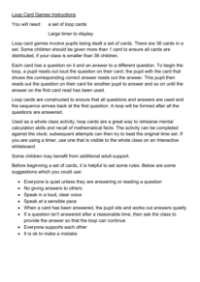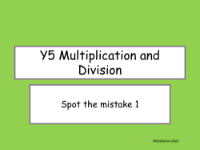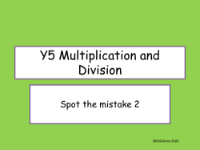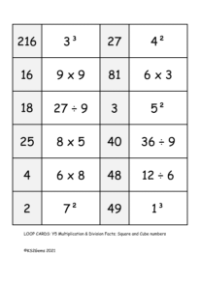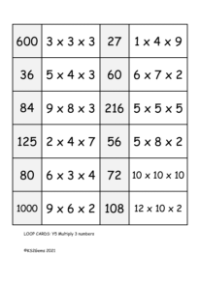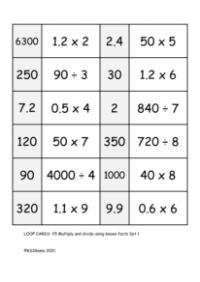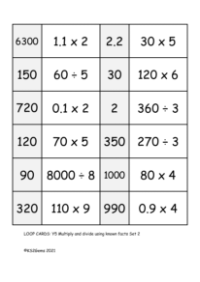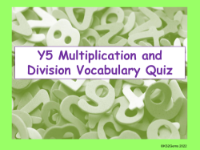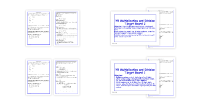Vocabulary - Multiplication and Division
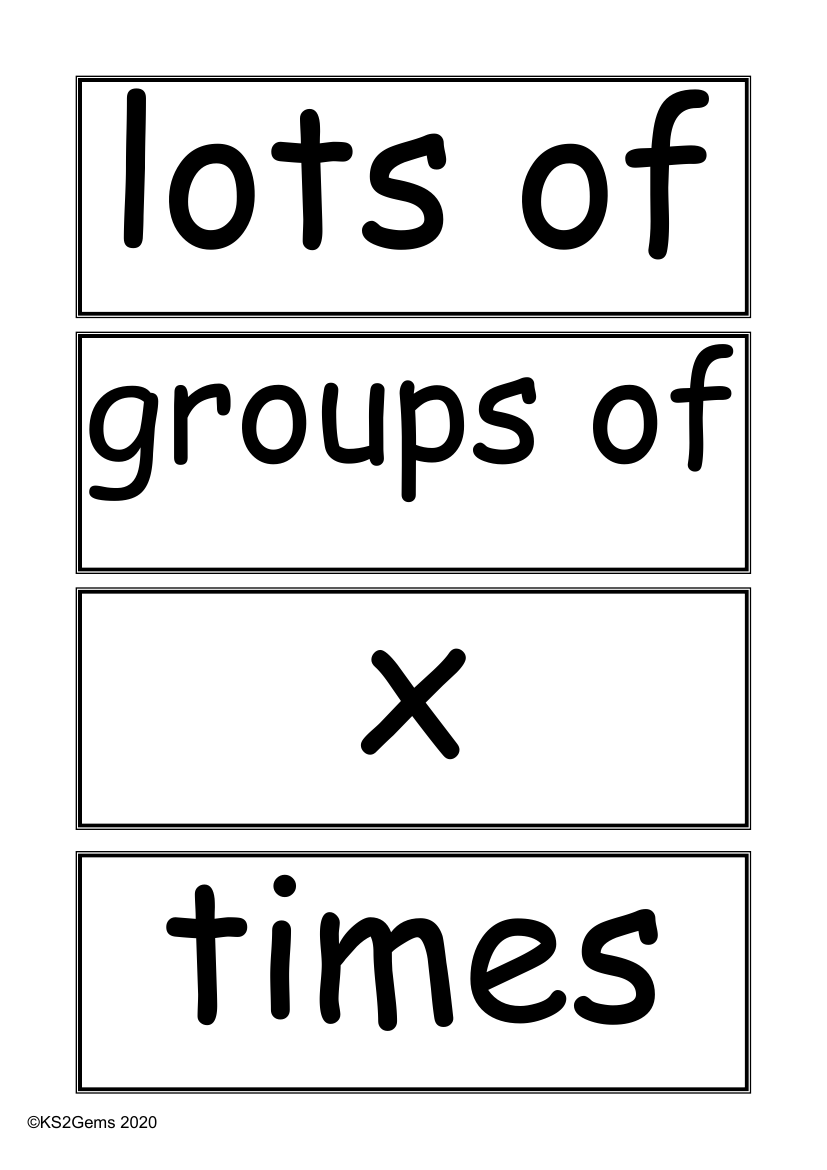
Maths Resource Description
The vocabulary for multiplication and division is a fundamental part of mathematics education, particularly for KS2 students. These terms are the building blocks for understanding how to group and combine numbers in various ways. Phrases like "lots of" and "groups of" are used to describe multiplication, which is the process of adding a number to itself a certain number of times. The symbol 'x' represents the action of multiplying, often read as "times". The act of multiplication can result in a "product", which is the answer you get when two or more numbers are multiplied together. This can be done with any number of times, from "once" (which is the number itself) to "twice" or any number up to "twelve times", each representing repeated addition of the number.
Division vocabulary is also critical and includes terms like "divide", represented by the symbol '÷', and "divided by", which is the process of splitting a number into equal parts. "Share equally" and "halve" are terms used when dividing something into two equal parts. When numbers are divided, the result is known as the "quotient", and sometimes there may be a "remainder" or an amount "left over" if the division is not exact. Understanding the inverse operation, which is the opposite of multiplication or division, is also crucial. Additional concepts such as "array", "row", "column", "factor", and "equals sign" ('=') are part of this rich mathematical vocabulary. Advanced terms include "commutative", "associative", and "distributive" properties, as well as "prime number" and "composite number", which delve deeper into the nature of numbers and their relationships in multiplication and division.
